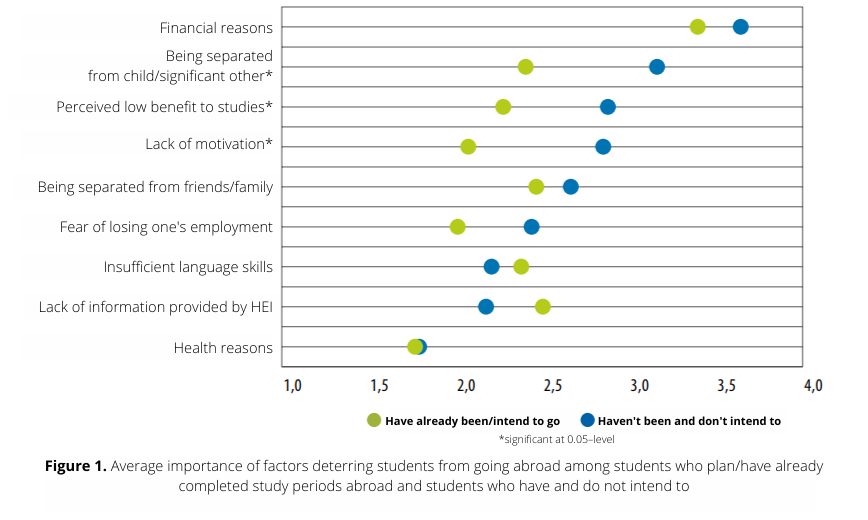EUROSTUDENT VII results underline the need to work on accesssibility of higher education in Finland
Interview with Juhani Saari (Statistics Finland) and Kaisu Piiroinen (Ministry of Education and Culture)
Highlights
- Accessibility: 76 % of Finnish students are from families with at least one parent with higher education background
- International students: Nearly half of international students are willing to work in Finland after graduation
- Research procedures: National register with higher education students’ contact information allows various ways of reaching out to survey participants
1. How would you describe the social dimension of Finnish students based on Eurostudent VII?
Juhani: The Finnish HE student population is noticeably more heterogeneous than one would imagine based on public discourse. Students are seen as if they were all 20-year-olds who have only just graduated upper secondary school and work their first part-time jobs alongside their studies. In reality they represent far more diverse backgrounds and life situations spanning from single parents to those with years of work experience and previous HE degrees. This diversity is however quite field-specific with the student body of certain fields being more homogenous than others.
2. What has changed compared to Eurostudent VI or previous years?
Changes in conducting the survey
Finland now employs a stratified sampling design together with a somewhat more comprehensive sampling frame in terms of both target group coverage as well as more sophisticated contact mode strategy, the benefits of which are unfortunately somewhat offset by declining response rates.
Changes in student conditions
The student housing and financial aid system has undergone a drastic change between the last two rounds. Before there used to be a separate student housing benefit, but this has now been replaced with the general national housing allowance which covers housing costs up to 400 euros a month. This has resulted in a shift of demand from shared student flats to studio apartments from the private housing market.
3. What are the most surprising or important results?
We were surprised to see that even though students do report financial reasons as the top reason preventing them from participating in a student exchange, there seemed to be no difference in its relative importance between those planning or having already completed exchanges abroad to those who have not. On the contrary, it seemed that only the perceived benefits of exchanges as well as childcare related reasons are those that actually matter to the students (Figure 1).

4. What makes you happy about the results? What makes you worried?
Kaisu: We are really happy about the fact that The EUROSTUDENT VII study highlighted reasons why international students apply to study in Finland. The most important of these was the good reputation of the Finnish education system globally. Also, nearly half of the international students who took part in the study said they were willing to work in Finland after graduating. This is the message we are actively working on at the moment, Finland wants to see more foreign students here and more importantly, to encourage them to stay and work also after graduation. Nevertheless, it’s also good to hear that over 70 % of higher education students view their future in a positive light!Of course, some of the results make us concerned, for example, the already known fact that the children of highly educated parents end up in higher education considerably more often than others. Altogether, 76 % of university students are from families where at least one of the parents is highly educated and 57 % of students at universities of applied sciences said that at least one of their parents is highly educated. Eurostudent data show that we need to make higher education easier to access. Luckily, the work is on-going, and this data can also be used when drawing up the accessibility plan for higher education specified in the Government programme.
5. What was the biggest challenge in conducting the survey and how did you tackle it?
Juhani: Reaching students via their HE institution e-mail becomes increasingly difficult each round. Not only do some segments of the student population seldom bother to check their e-mails, but the problem of reaching them only gets worse the further they are in their studies. Students in their final years of curriculum tend to have their e-mail overloaded with mailing lists from their faculty as well as various recreational and student union mailing lists. They also get quite many survey invitations to participate into surveys conducted by their own institution, PhD candidates, and their peers.However, Finland (Statistics Finland together with the Ministry of Education and Culture) upholds registers of their HE students which are among the most comprehensive in the world. Accurate contact information is thus available for multiple modes of contact. We included a targeted postal reminder for those students least well represented in the sample composition, as well an SMS reminder which managed to somewhat boost participation.
